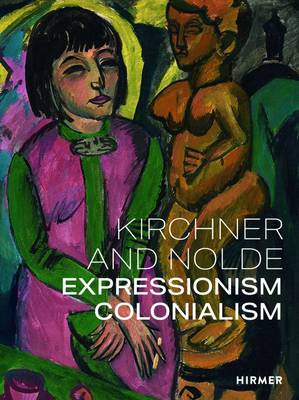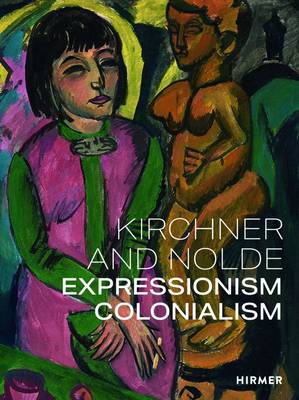
- Retrait gratuit dans votre magasin Club
- 7.000.000 titres dans notre catalogue
- Payer en toute sécurité
- Toujours un magasin près de chez vous
- Retrait gratuit dans votre magasin Club
- 7.000.000 titres dans notre catalogue
- Payer en toute sécurité
- Toujours un magasin près de chez vous
Kirchner and Nolde
Expressionism. Colonialism.
Dorthe Aagesen, Beatrice Von Bormann, Laetitia Lai
Livre relié | Anglais
55,45 €
+ 110 points
Description
A critical examination of German expressionism's relationship to the violence of colonialism. Ernst Ludwig Kirchner (1880-1938) and Emil Nolde (1867-1956) were leading figures in the German expressionist movement. Turning away from Western society and the established norms of bourgeois culture, the artists looked to people, lifestyles, and objects from other parts of the world for inspiration, especially Africa and Oceania. Kirchner and Nolde experienced these other parts of the world through ethnographic museums, popular culture, the staging of "exotic" environments in Kirchner's studio, and Nolde's travels to the German colony of New Guinea. This book examines Nolde's and Kirchner's works against the background of their historical and ideological context: colonialism, domination, and the European invention of a racialized Other, an idea that was created by the bohemian fetishization of the exotic as much as conservative fear of it. Kirchner and Nolde thus unveils less familiar and more violent aspects of expressionism.
Spécifications
Parties prenantes
- Auteur(s) :
- Editeur:
Contenu
- Nombre de pages :
- 256
- Langue:
- Anglais
- Illustré:
- Oui
Caractéristiques
- EAN:
- 9783777436883
- Date de parution :
- 15-07-21
- Format:
- Livre relié
- Format numérique:
- Genaaid
- Dimensions :
- 211 mm x 277 mm
- Poids :
- 1197 g







